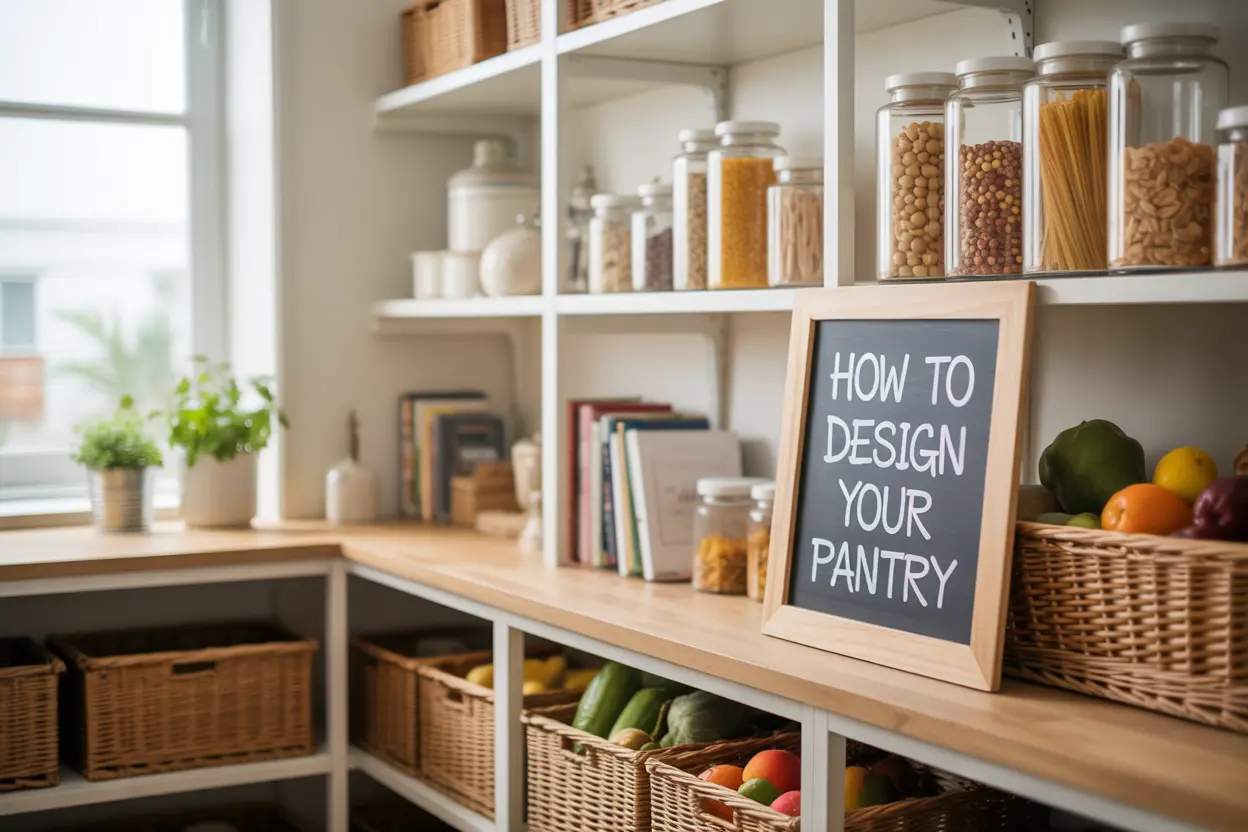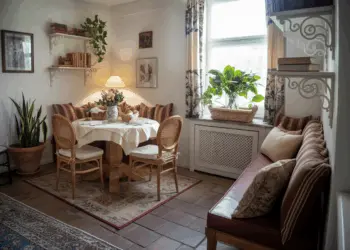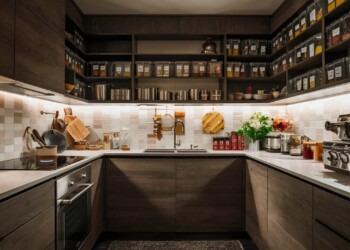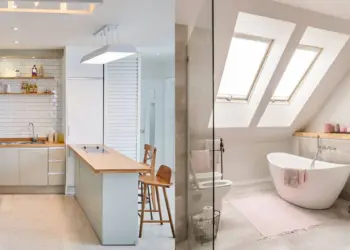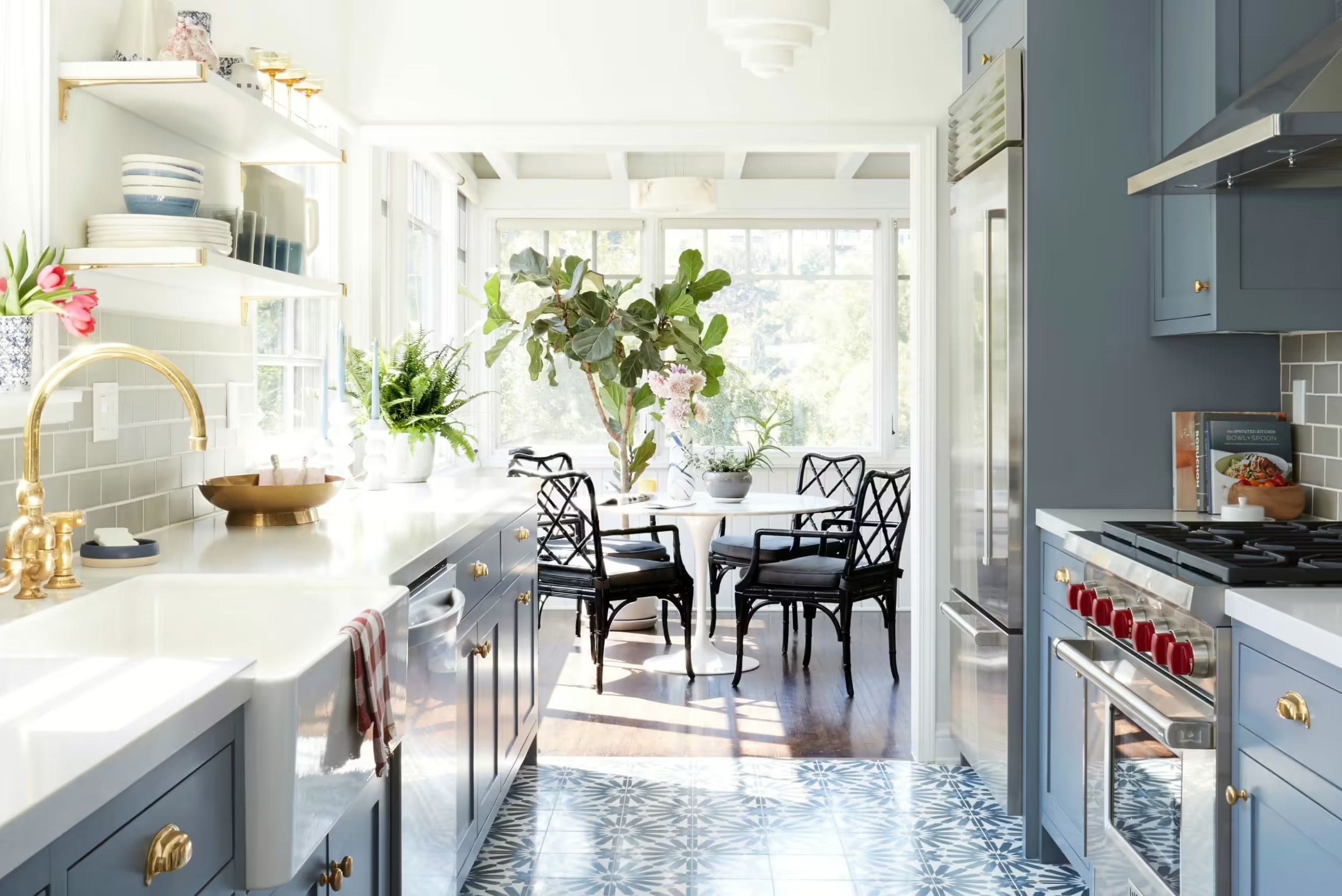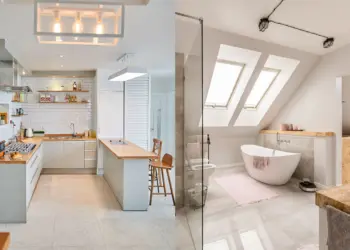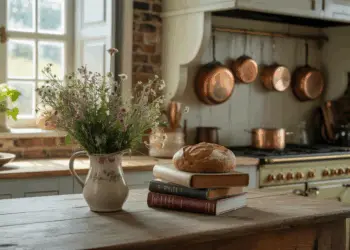We didn’t want to hear about it anymore, it was too old-fashioned, too rural… The pantry is making a comeback in the kitchen! It allows you to store and organize foodstuffs that don’t need to be kept cool. More than a simple storage, it makes your life easier and adds an extra decorative touch to your kitchen! So, how to design your pantry? In addition, how to organize it?
Table of Contents
History of the pantry
The traditional pantry? A grilled cupboard in which food is stored, protected from insects and pilfering animals, while offering good ventilation, a sine qua non condition for the food to be preserved at its best. For a long time indispensable, especially in rural areas, it was forgotten when refrigerators arrived.
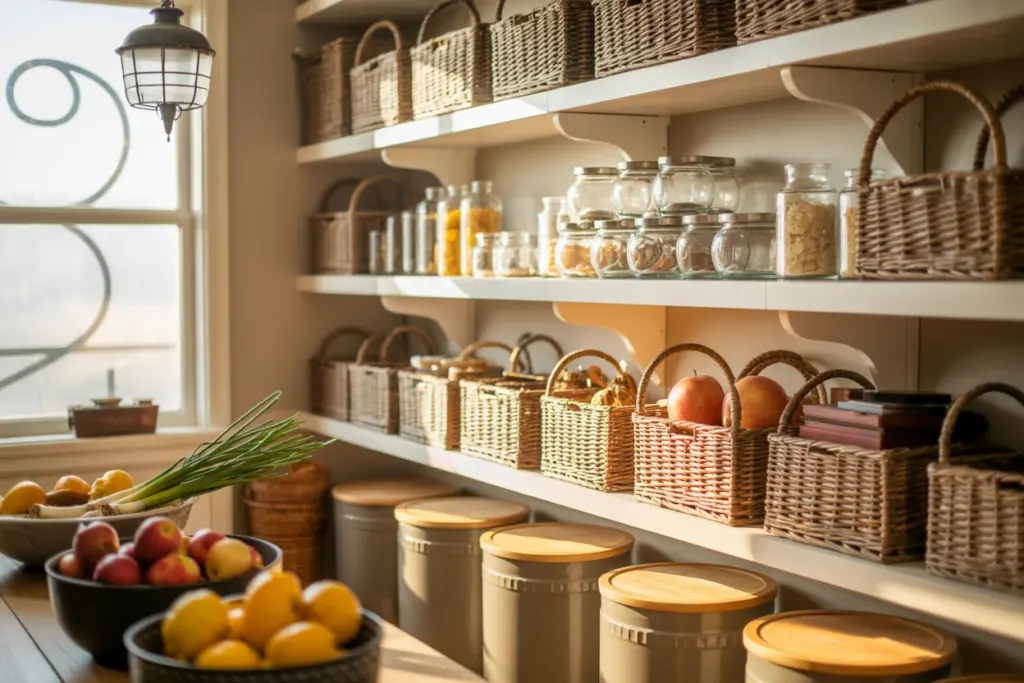
Why is the pantry making a comeback in the kitchen now?
The pantry makes sense at a time when we are looking to consume more responsibly, by buying food in bulk, cooking more yourself, avoiding waste … Indeed, at a glance through the pantry, you know what you have left, what you miss, fruits and vegetables to eat quickly.
In a pantry, each food has its place, each food is clearly visible and everything is at hand when you are in the kitchen. Last but not least, fruits and vegetables stored in a pantry will keep their flavor much longer than in the refrigerator (and without using electricity).
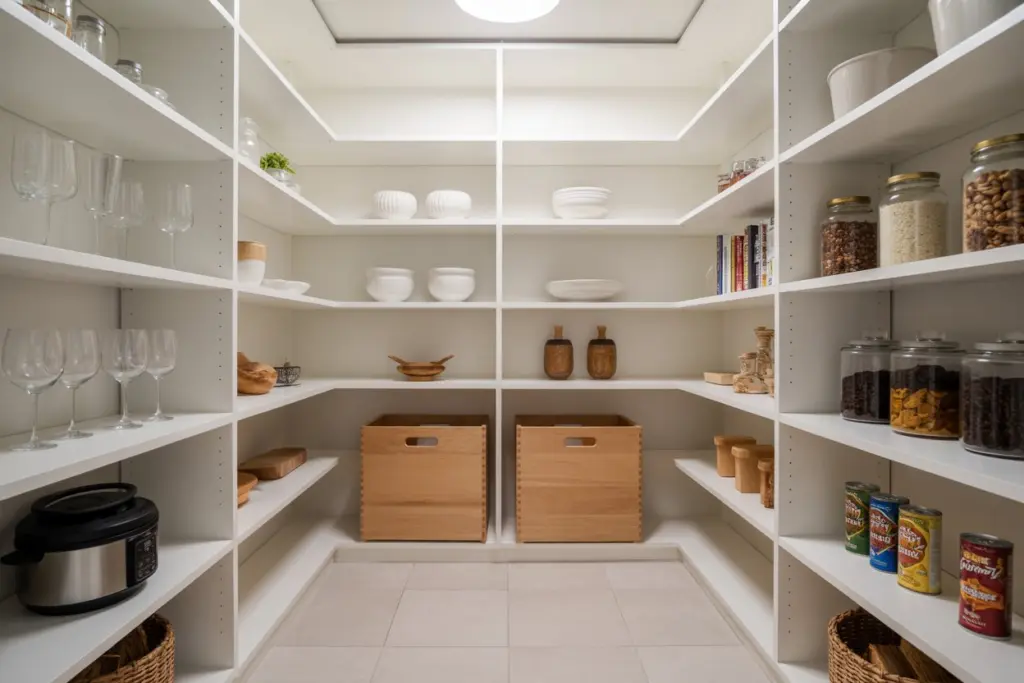
Focus on the 5 types of pantry
There are several different types of pantries that can be found in homes, each with its own benefits and features. Here are some of the most common pantry types:
Walk-in pantry:
A walk-in pantry is a larger pantry that provides ample storage space and allows you to move around inside. It can be a separate room or a large closet that’s located adjacent to the kitchen. Walk-in pantries often have custom shelving and storage options to maximize space.
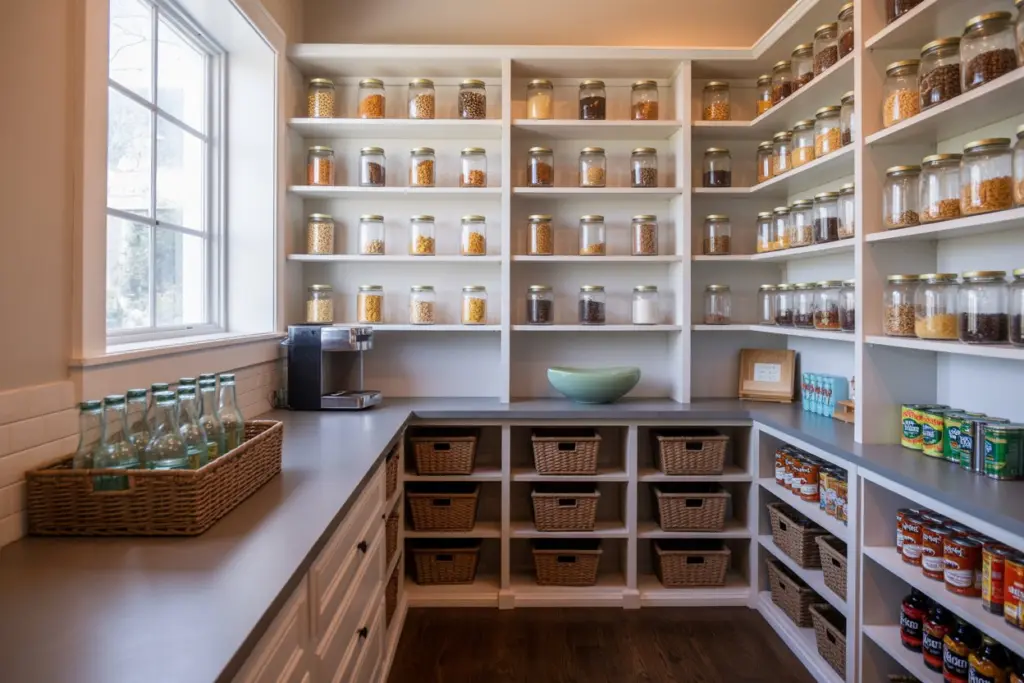
Reach-in pantry:
A reach-in pantry is a smaller pantry that you can access to it by opening a door. It’s usually located in the kitchen and can be installed as a standalone unit or built into existing cabinetry. Reach-in pantries often have adjustable shelves and customize with additional storage options.
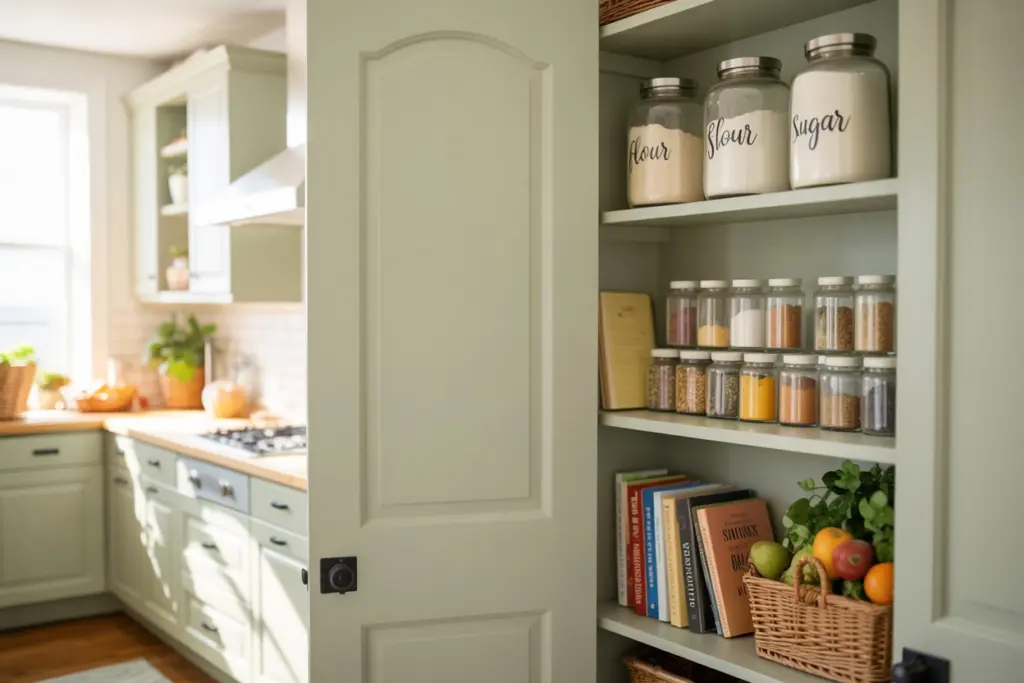
Butler’s pantry:
A butler’s pantry is a small room or closet that’s located between the kitchen and dining room. It’s used for storing dishes, silverware, and other items used during formal meals. Butler’s pantries often have built-in cabinets and shelving to maximize storage space.
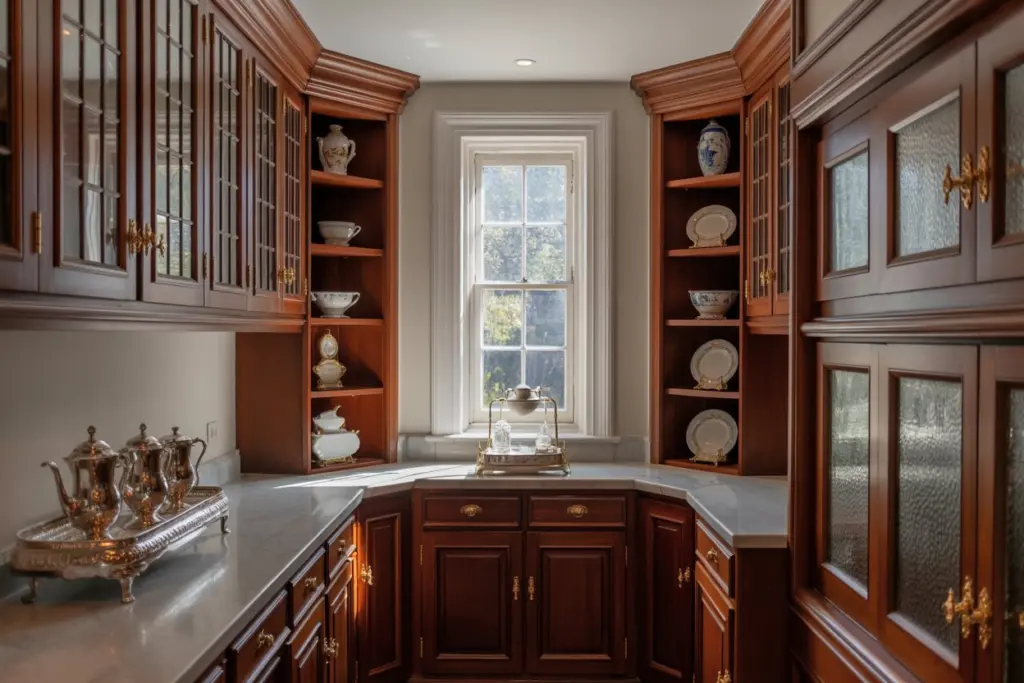
Freestanding pantry:
A freestanding pantry is a movable cabinet that provides additional storage space in the kitchen or dining room. It’s usually tall and narrow and can be placed against a wall or in a corner. Freestanding pantries often have adjustable shelves and customize with additional storage options.
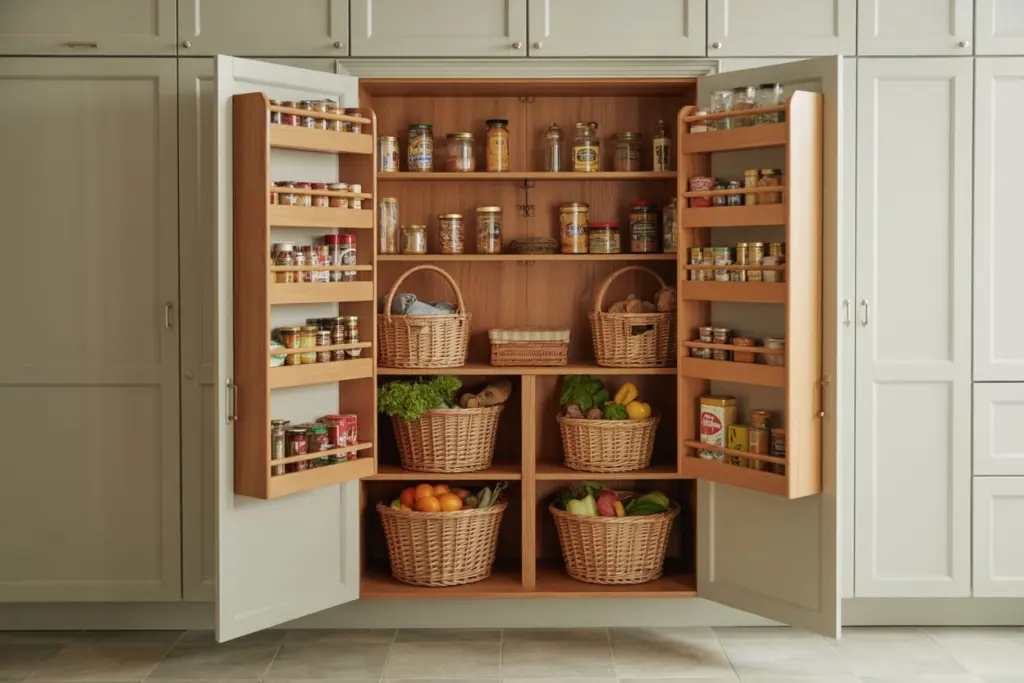
Closet pantry:
A closet pantry is a small pantry that’s located in a closet in the kitchen or adjacent room. It customize with shelving and other storage options to maximize space. Closet pantries are a good option for small homes or apartments with limited space.
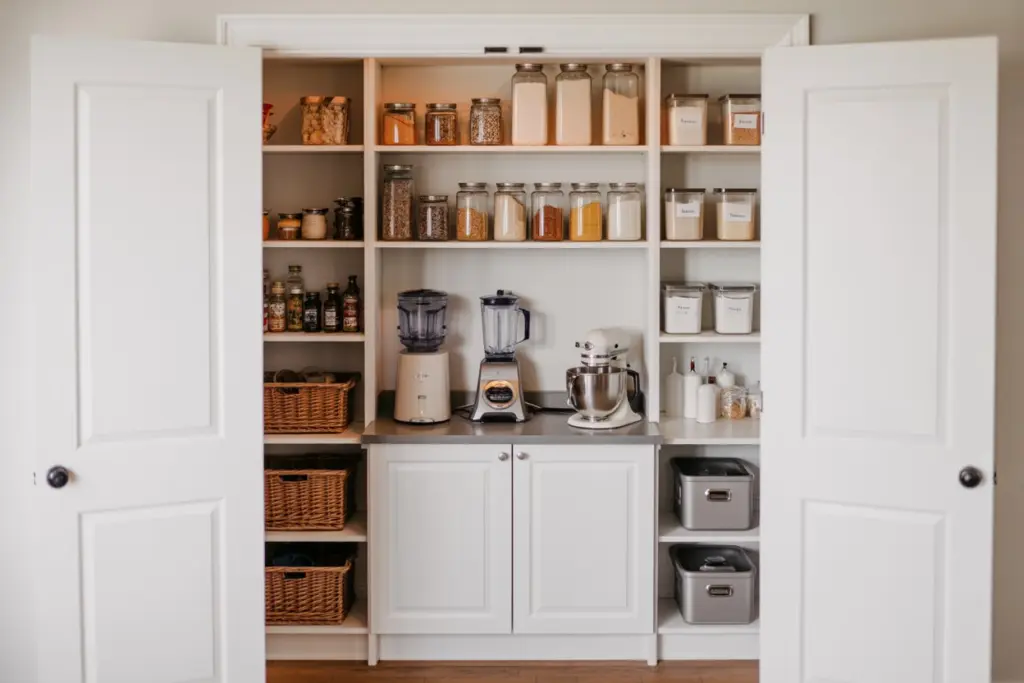
Materials needed for Pantry
The materials needed for a pantry will depend on the size and design of the pantry. Here are some general materials that you may need when building a pantry:
Shelving:
Shelves are essential for organizing and storing pantry items. Choose sturdy and durable shelves made from materials like wood, metal, or wire.
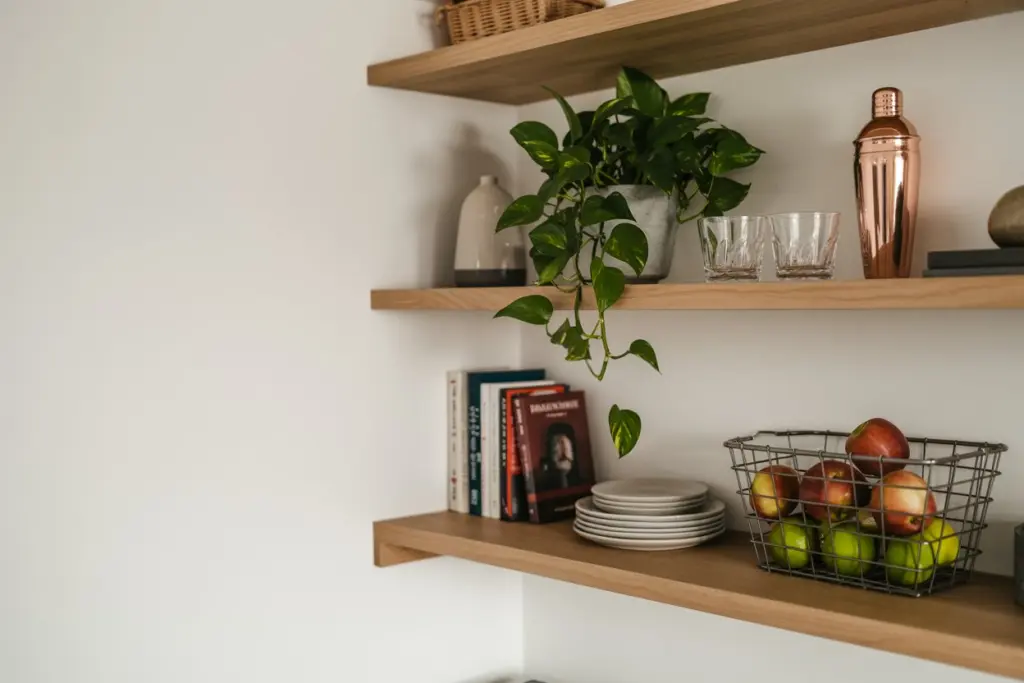
Brackets and supports:
Moreover, you need brackets and supports to hold up the shelves. Choose strong and durable brackets and supports that can handle the weight of the items on the shelves.
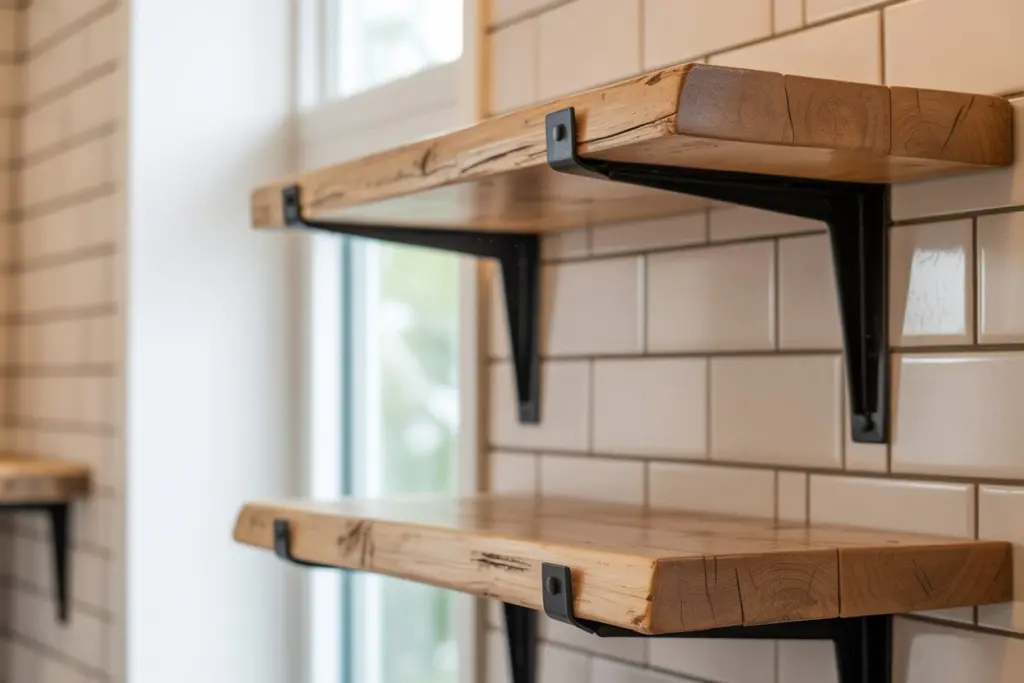
Storage containers:
Storage containers are useful for keeping items organized and easy to access. Choose containers that are clear and airtight to keep food fresh and prevent pests from getting in.
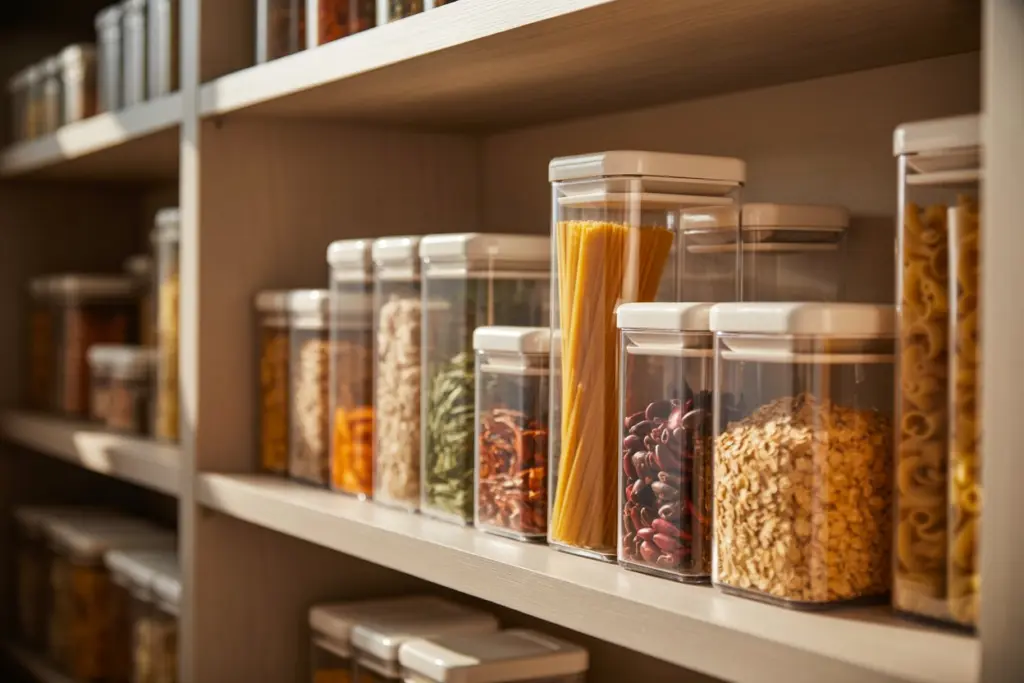
Baskets and bins:
Baskets and bins are great for storing smaller items like snacks and spices. Choose baskets and bins that are durable and easy to clean.
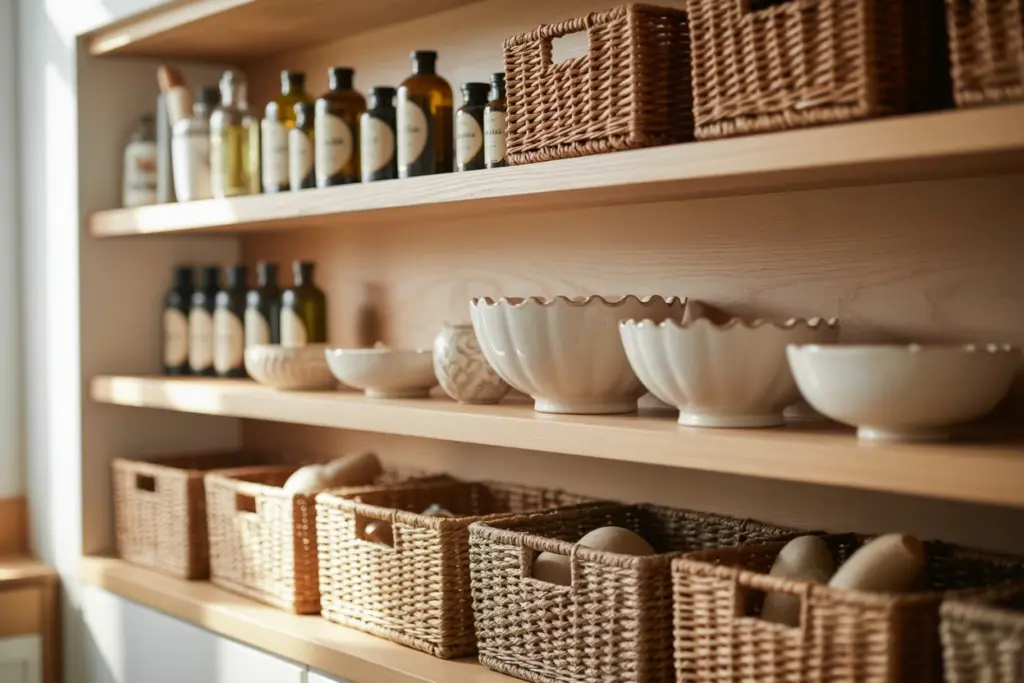
Labels:
Labels are essential for keeping pantry items organized and easy to find. Choose labels that are clear and easy to read.
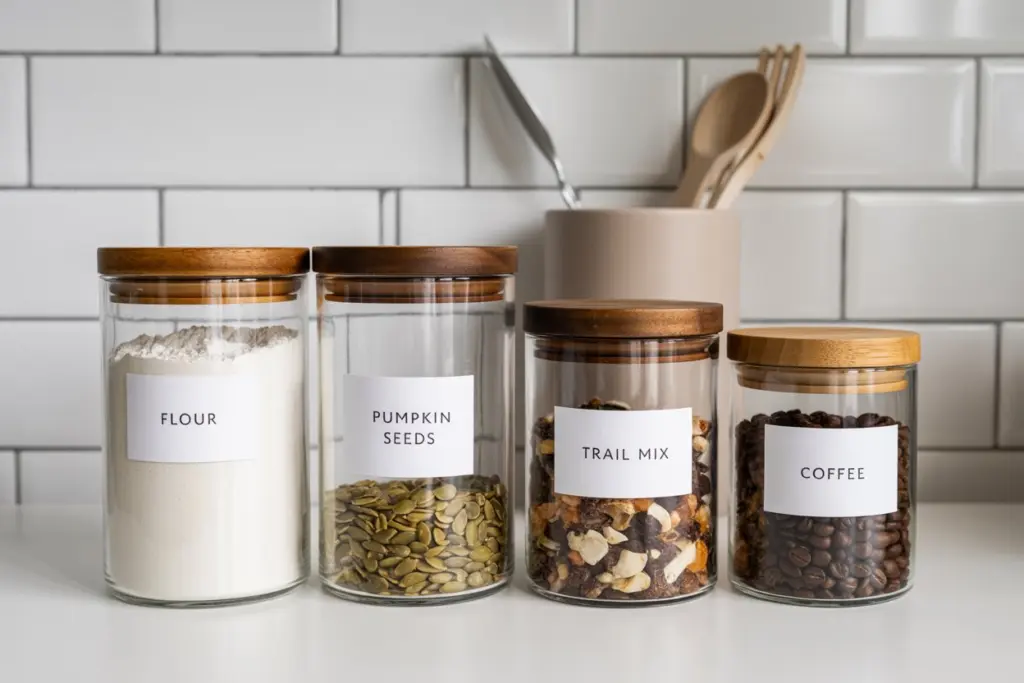
Lighting:
Lighting can make it easier to see and find items in your pantry. Choose energy-efficient lighting options like LED lights.
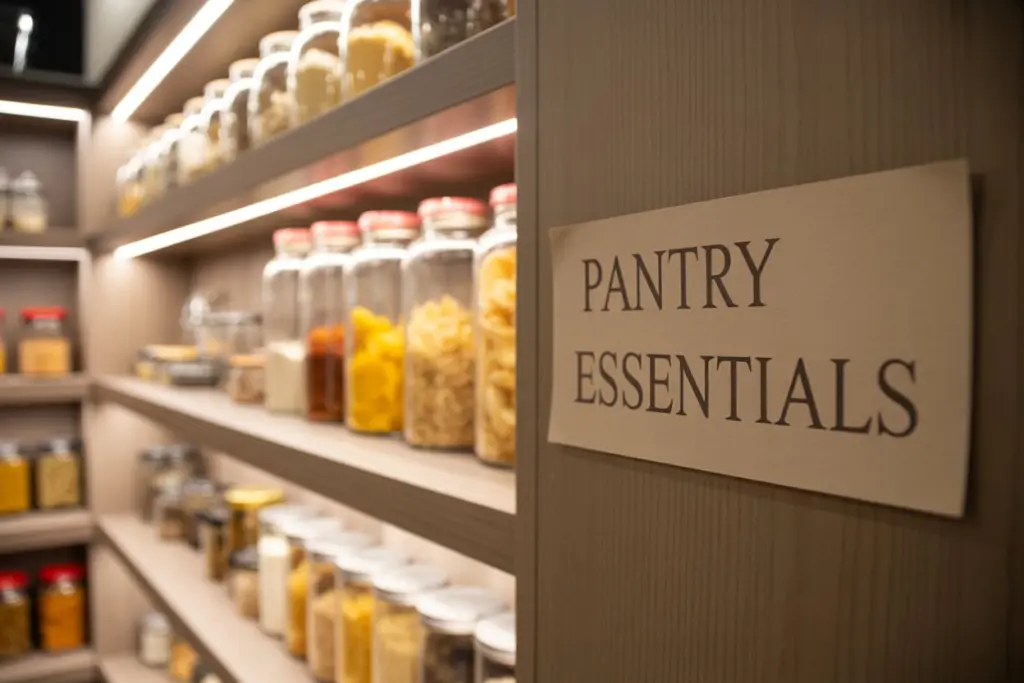
Door hardware:
If your pantry has a door, you’ll need door hardware like hinges, handles, and locks. Choose hardware that is durable and easy to install.
Paint and finishes:
If you’re building a new pantry, you may need paint or finishes to match the rest of your kitchen. Choose paint and finishes that are durable and easy to clean.
Tools:
You’ll need a variety of tools to build and install your pantry, including a drill, screws, level, measuring tape, and saws.
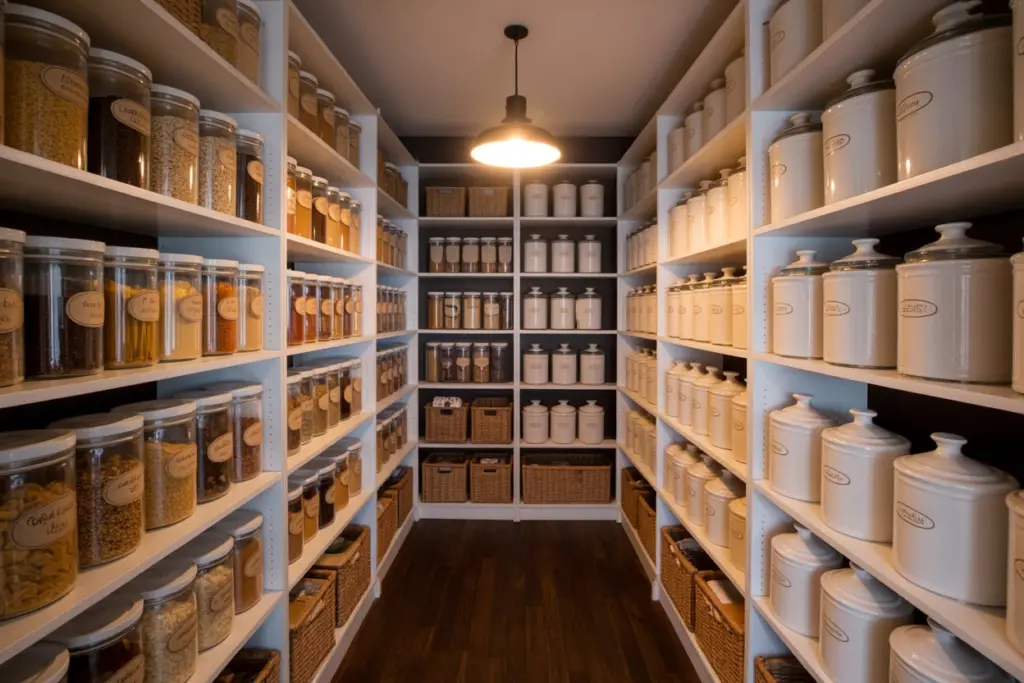
How to design your pantry
Designing a pantry involves considering factors such as space, layout, storage options, and functionality. Here are some ideas and tips for designing a pantry:
Assess your needs: Consider how much storage space you require and the type of items you plan to store. This will help determine the size and layout of your pantry.
Choose a location: The location of your pantry will depend on the available space in your home. A pantry can be located in the kitchen, dining room, utility room, or even in a separate room altogether.
Determine the layout: The layout of your pantry will depend on the available space and your needs. Consider the placement of shelves, drawers, and other storage options. A walk-in pantry can have shelves on all sides, while a reach-in pantry may have shelves on one or two walls.
Install shelves and drawers: Shelves and drawers can help organize your pantry and make it easy to find what you need. Adjustable shelves moved to accommodate items of different sizes.
Use baskets and containers: Baskets and containers used to store items that are difficult to stack or that you want to keep together. Labeling containers can make it easy to find what you need.
Add lighting: Lighting can make it easier to find items in your pantry. Consider installing overhead lighting or under-shelf lighting.
Consider the door: The type of door you choose for your pantry will depend on the available space and the overall design of your home. Sliding doors or pocket doors can be a good option for small spaces.
Incorporate design elements: Design your pantry to match the overall style of your home. Consider adding decorative elements such as wallpaper or a pop of color with painted shelves.
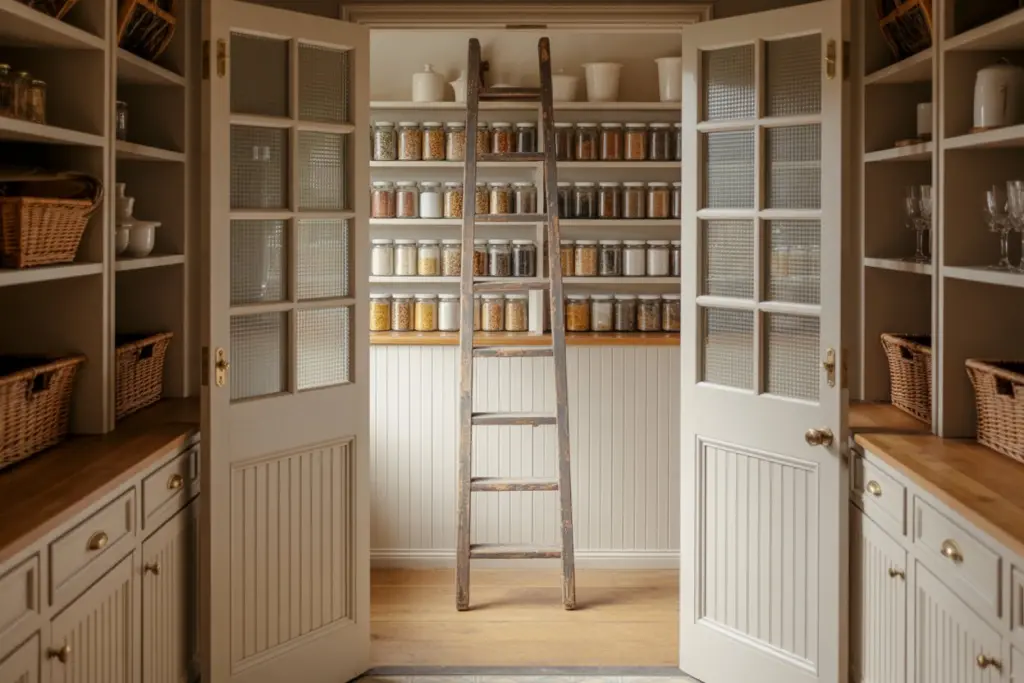
What needs a well-stocked pantry?
When it comes to pantry essentials, every well-stocked pantry should have a few basic items. Here are some of the most important pantry essentials:
Grains:
Rice, pasta, quinoa, and other grains are versatile ingredients used in a variety of dishes.
Canned Goods:
Canned goods like tomatoes, beans, and vegetables used to make soups, stews, and other dishes. Make sure to choose low-sodium options when possible.
Baking Supplies:
Flour, sugar, baking powder, and baking soda are essential for baking, while oils and cooking sprays are important for cooking.
Spices:
A variety of spices used to add flavor to your meals. Some essential spices include salt, black pepper, garlic powder, onion powder, and paprika.
Condiments:
Items like ketchup, mustard, mayonnaise, soy sauce, and hot sauce are versatile ingredients used to add flavor to your meals.
Nuts and Seeds:
Nuts and seeds like almonds, cashews, and chia seeds are great for snacking, while also providing protein and healthy fats.
Snacks:
Having a few healthy snacks on hand can help prevent unhealthy snacking. Some good options include whole-grain crackers, popcorn, and dried fruit.
Cereals:
Cereals are a quick and easy breakfast option, and used as a snack or ingredient in recipes.
Beverages:
Coffee, tea, and other beverages can help you stay hydrated and alert throughout the day.
Sweeteners:
Sweeteners like honey, maple syrup, and agave nectar used as a healthier alternative to sugar.
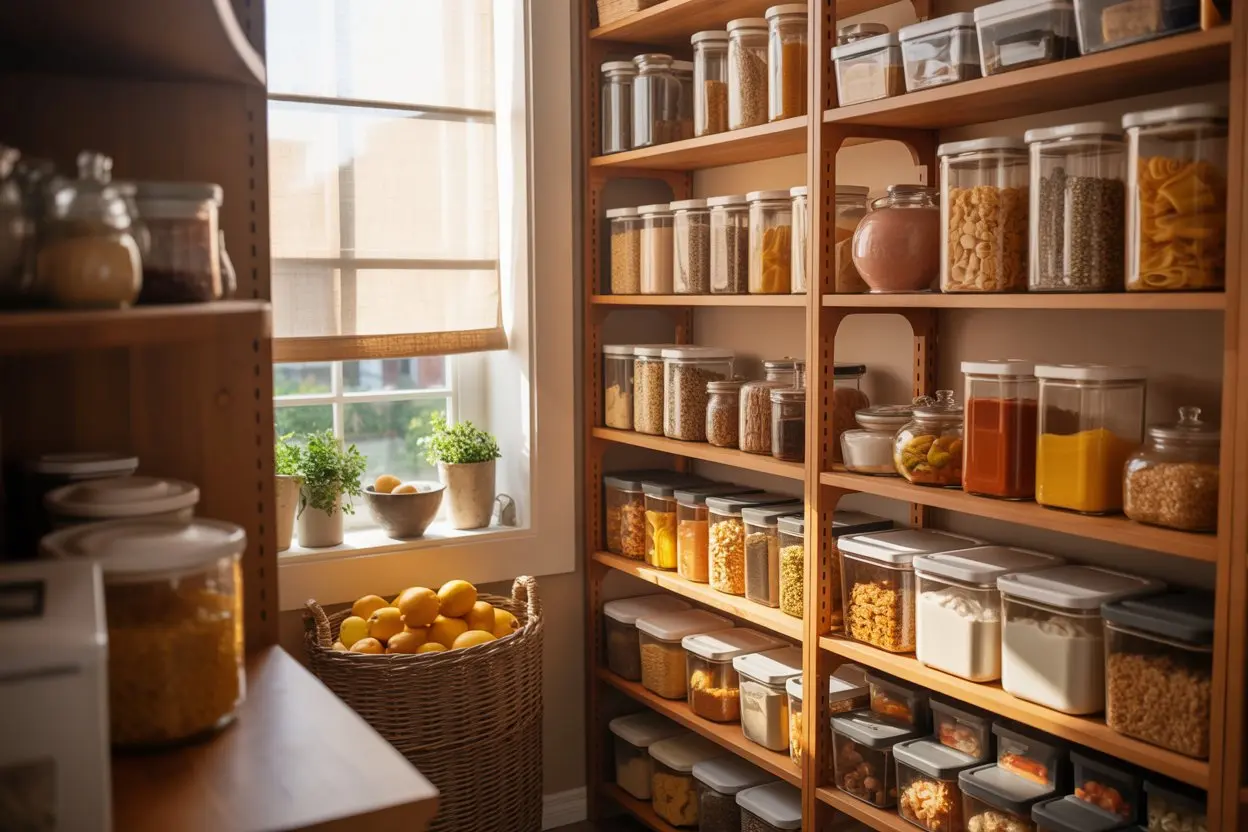
10 tips for a well-organized pantry
Organizing your pantry can be a daunting task, but with a little planning and effort, it can be a rewarding and satisfying experience. Follow these tips for a wonderful:
First, remove all items from your pantry and place them on a nearby table or counter. This will allow you to see what you have and give you a chance to clean your pantry.
Second, sort your items into categories, such as canned goods, snacks, baking supplies, and so on. This will make it easier to group similar items together.
Third, check the expiration dates on all items and discard anything that has expired or is past its prime.
Fourth, before putting items back into your pantry, take the time to clean it thoroughly. Wipe down shelves and walls with a damp cloth, and vacuum or sweep the floor.
Then, create zones in your pantry based on the categories of items you have. For example, create a baking zone, a snack zone, and a breakfast zone. This will make it easier to find what you need quickly.
Next, use storage containers to keep items grouped together and easy to access. This could include baskets, bins, jars, or containers with airtight lids. Use clear containers to make it easy to see what’s inside.
Afterward, label containers and shelves to make it easy to find what you need. This could include labels on baskets or containers, or sticky notes on shelves.
Use the space on the back of your pantry door to hang hooks or organizers. You can also install additional shelves or use risers to make use of vertical space.
Last, once your pantry is organized, make an effort to maintain it. Regularly check expiration dates, clean up spills, and put items back where they belong.
